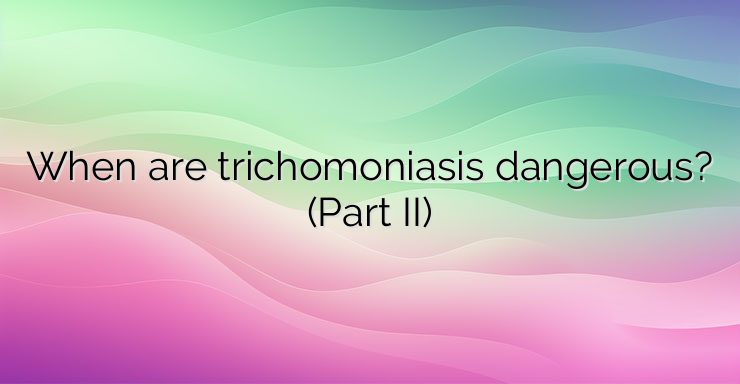Alright, let’s break down this trichomoniasis thing, especially for the guys and gals out there. So, first off, diagnosing it is a bit of a process. It’s not just about how you feel; they gotta take a look at your secretions, urine, and even material from the skin down there. Both partners need treatment, no exceptions. And hey, during treatment, it’s best to keep things on hold in the bedroom.
For the guys, if it’s in the acute phase, you’re getting hit with drugs like metronidazole to tackle those pesky trichomonas. And it’s not just that; you might need some broad-spectrum antibiotics too since trichomoniasis often comes with other bacterial buddies. Tests follow treatment to make sure everything’s clear.
Now, for the ladies, trichomoniasis is like a frequent guest at the gynecologist’s office, showing up in about 40-80% of cases with complaints. It’s often hanging out with gonorrhea, which is why both are common infections. Symptoms? Think itching, abdominal pain, and funky-smelling discharge. And let’s not forget the foam-like secretion—a telltale sign.
But here’s the kicker: sometimes it’s sneaky. You might only notice some occasional itching or weird discharge. And in kids, especially girls, it can cause some serious discomfort early on. We’re talking about purulent secretions, swollen bits, and lots of itching.
Treatment is key, whether you’re feeling symptoms or not. They’ll hit you with anti-trichomonas meds, and if you can’t handle those, there’s a plan B. Success means no trichomonas after three menstrual cycles post-treatment. And hey, they’ll check for gonorrhea too, just to be thorough.


Leave a Reply